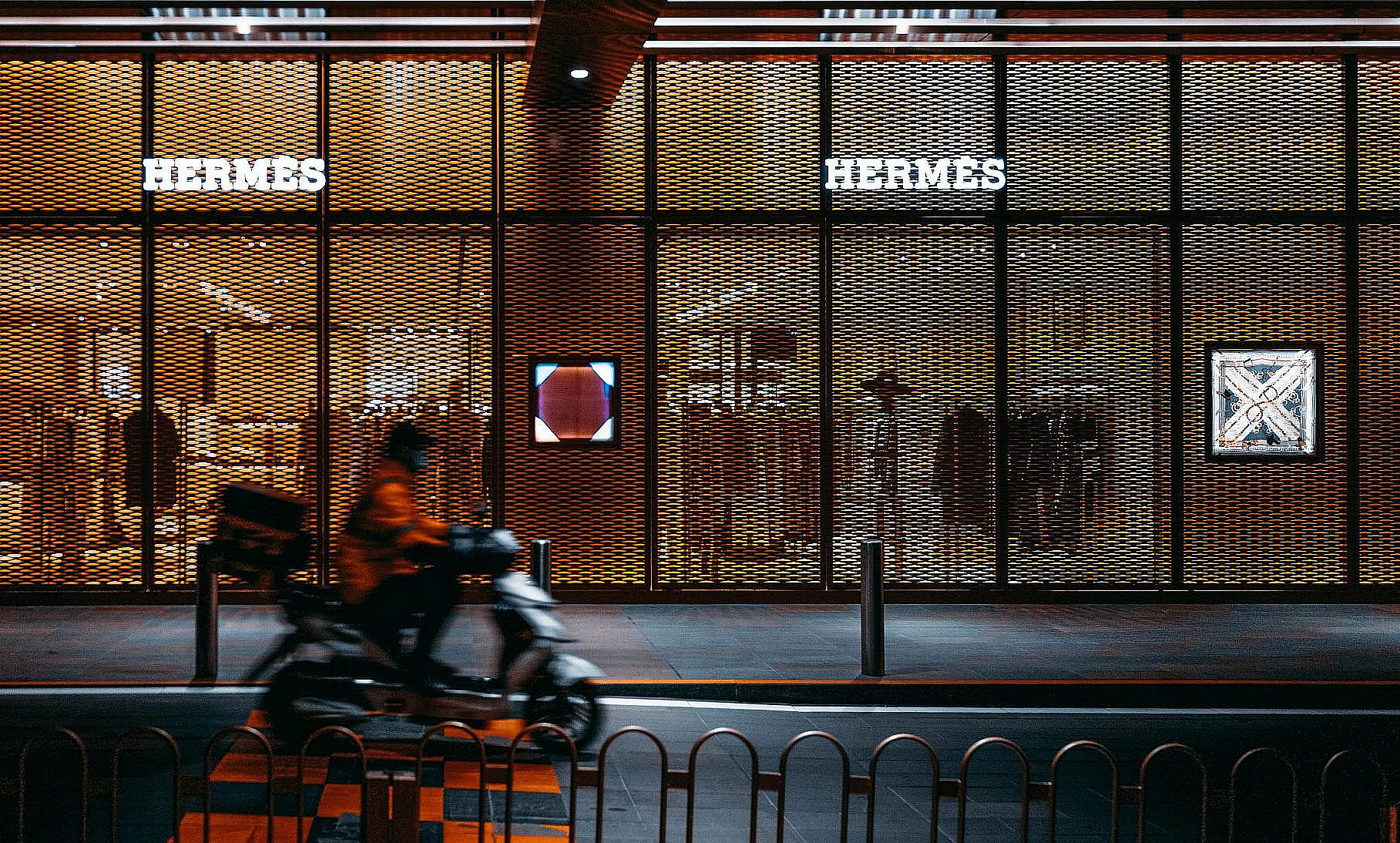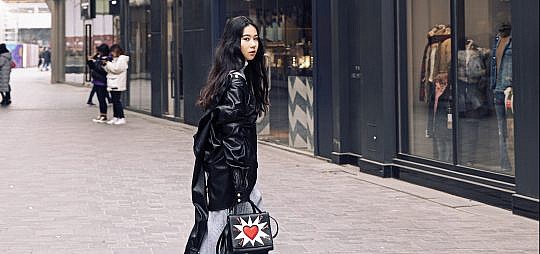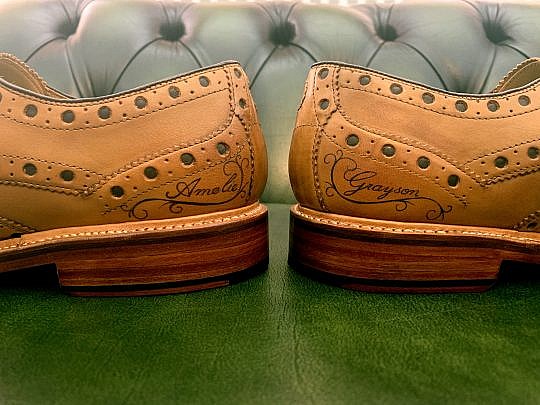IN 1837, Thierry Hermès opened a harness workshop in Paris. Now Hermès International SA has a $3.5billion turnover.
For the first 40 years of its existence, Hermès manufactured harnesses and bridles for the carriage trade – a limited, if exquisitely crafted, output.
It wasn’t until the 1880s, when the company had been taken over by Thierry’s son, Charles-Émile, that it branched out into saddlery. Each one was made from start to finish by a single craftsman, as they still are to this day. Slowly, Hermès evolved as carefully chosen, perfectly designed and crafted products were added to its range.
In 1900 it launched the Haut à Courroies bag, specially designed for riders to carry their saddles with them. In 1918, the company, now run by Charles-Émile Hermès’s sons Adolphe and Émile-Maurice, introduced a zipped leather golf jacket, originally designed for Edward, Prince of Wales.
Hermès, according to Émile-Maurice, was built on “leather, sport, and a tradition of refined elegance.
In 1922, Émile-Maurice’s wife complained she couldn’t find a decent leather handbag, so he did what any good husband would do and created a handbag collection himself!
This development, perhaps more than anything else, is what led to Hermès’ establishment as one of the world’s best-known manufacturers of luxury leather goods.
The first acknowledged classic of the handbag world was the Sac à dépêches, launched in 1935. This was later renamed the Kelly Bag.
Film director Alfred Hitchcock played a hand in its popularisation. In 1954 he allowed his costume designer Edith to buy Hermès accessories for the film To Catch a Thief, starring Grace Kelly.
She fell in love with the bag. In 1956 she had become Princess of Monaco and was photographed using the handbag to shield her baby bump from the paparazzi during her first pregnancy. The photo went around the world and the Sac à dépêches was rechristened.
The Birkin, Hermès’ other gift to the world of classic handbags, has a similarly inspiring story involving an actress.
In 1983, Jane Birkin found herself sitting next to Hermès chief executive Jean-Louis Dumas on a flight from Paris to London. After her straw travel bag fell from the overhead compartment, scattering her possessions all around, she complained to Dumas that it was impossible to find a leather weekend bag she liked. M. Dumas took the hint, took up his design pen, and the Birkin was born.
Hermès output has diversified hugely during the company’s history. Silk scarves and ties as well as women’s and men’s clothing and accessory collections have become a large part of the range.
From the carriage trade to the wardrobes of the rich and famous, Hermès has come a long way. And it was leather that began the story and the leather that sits at the heart of the brand.








